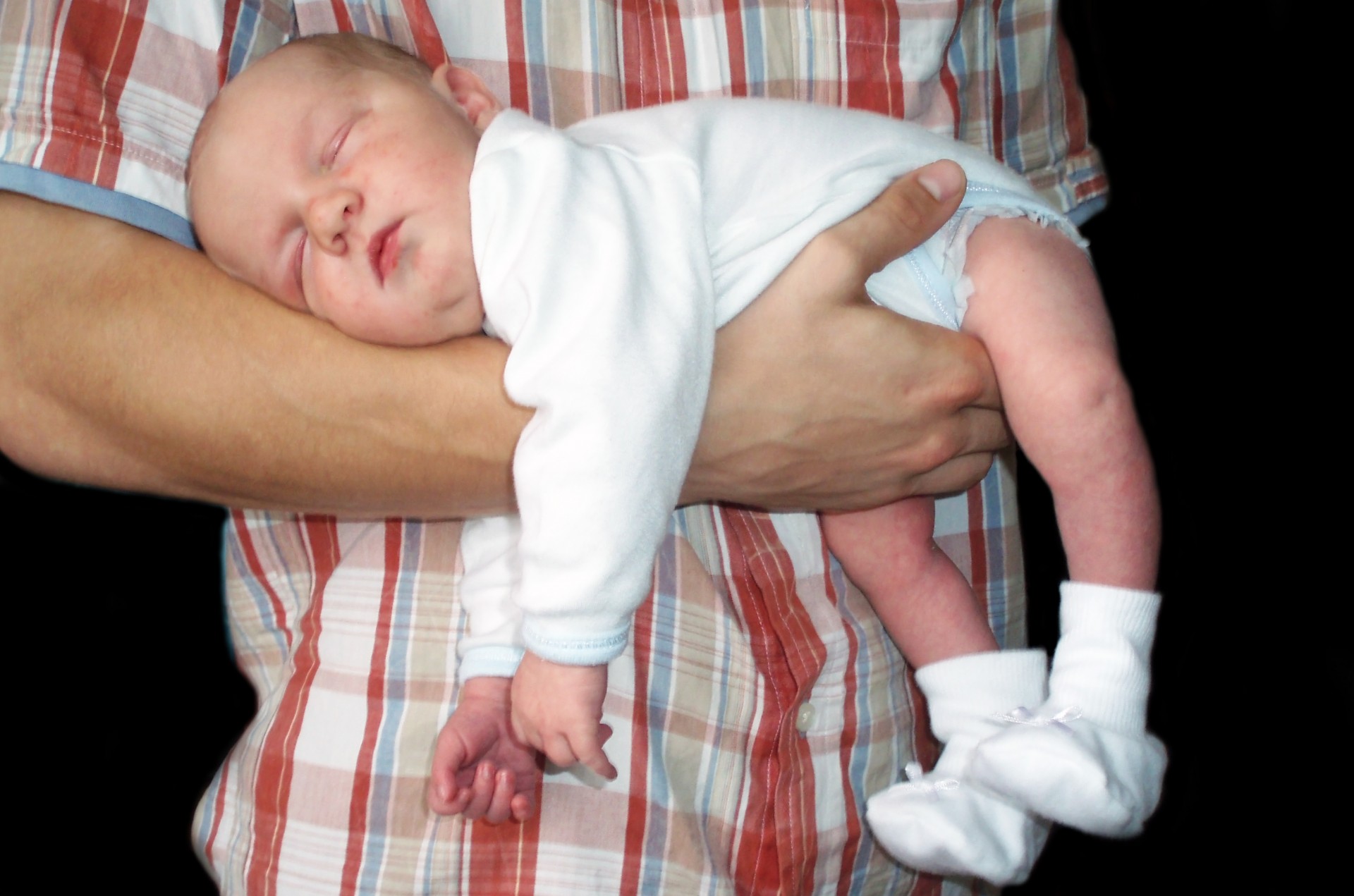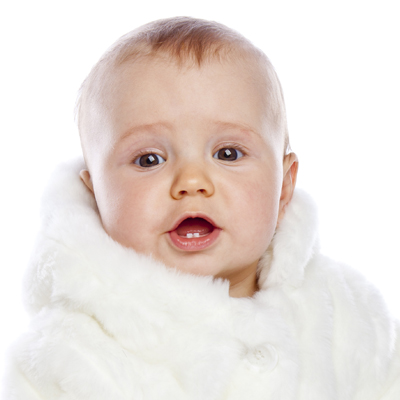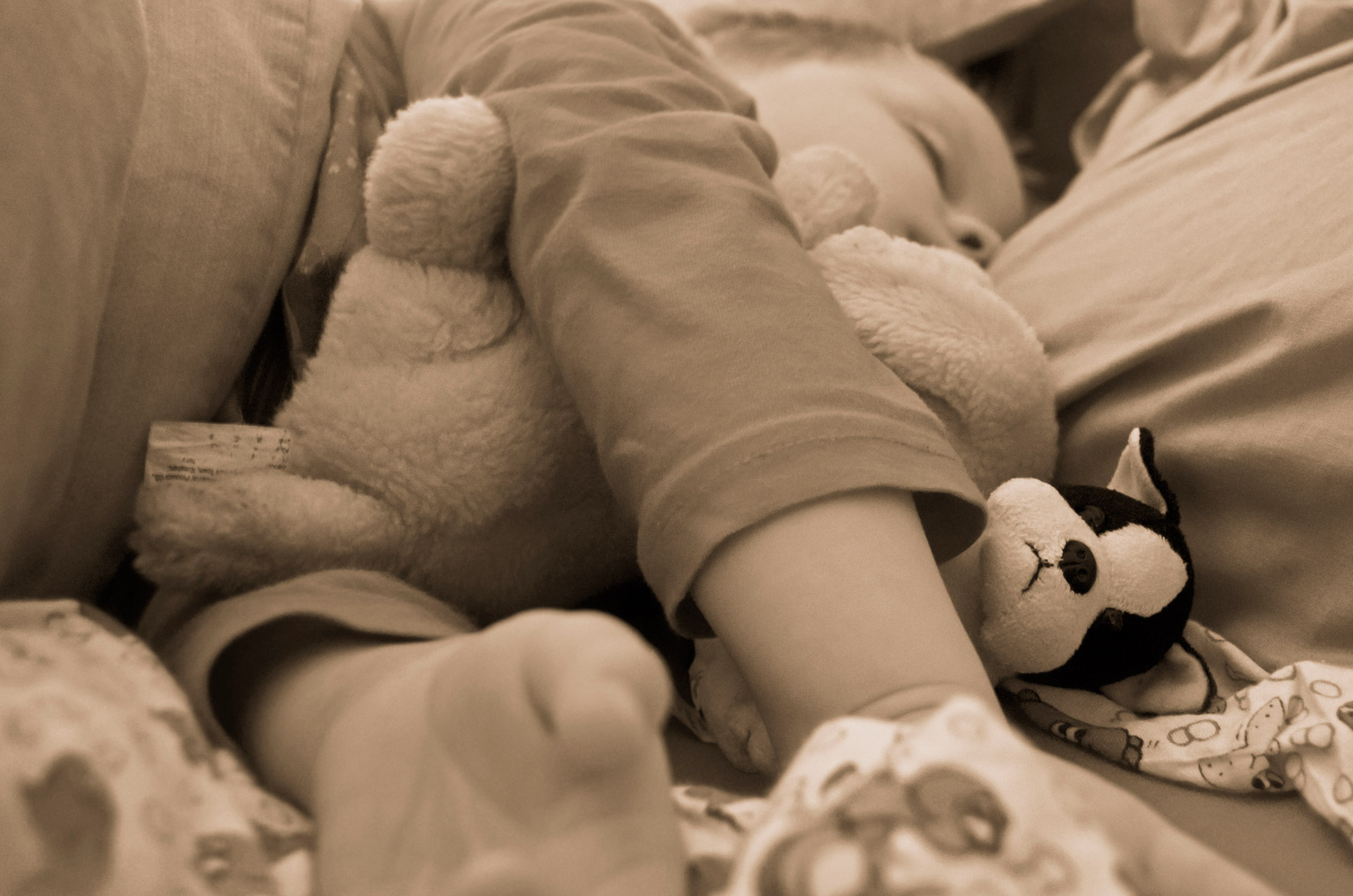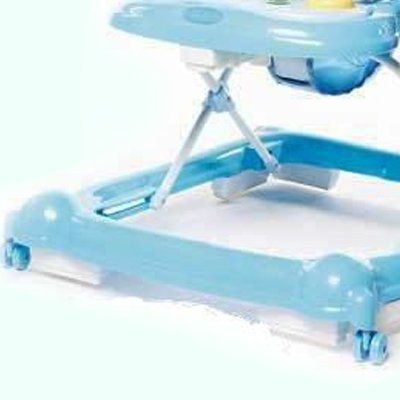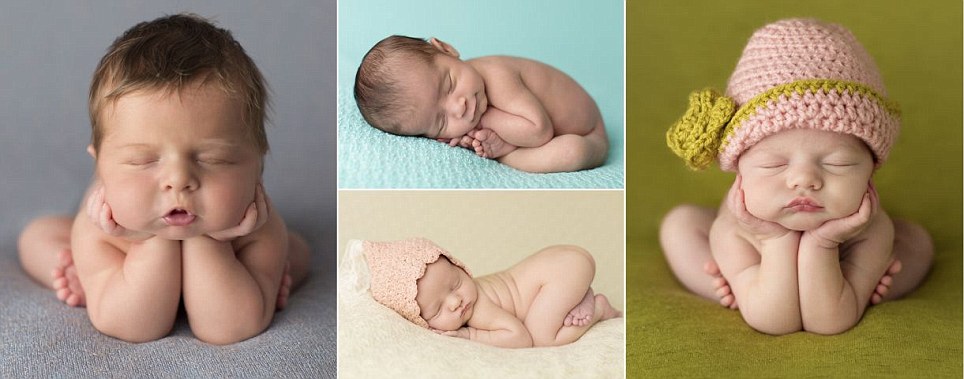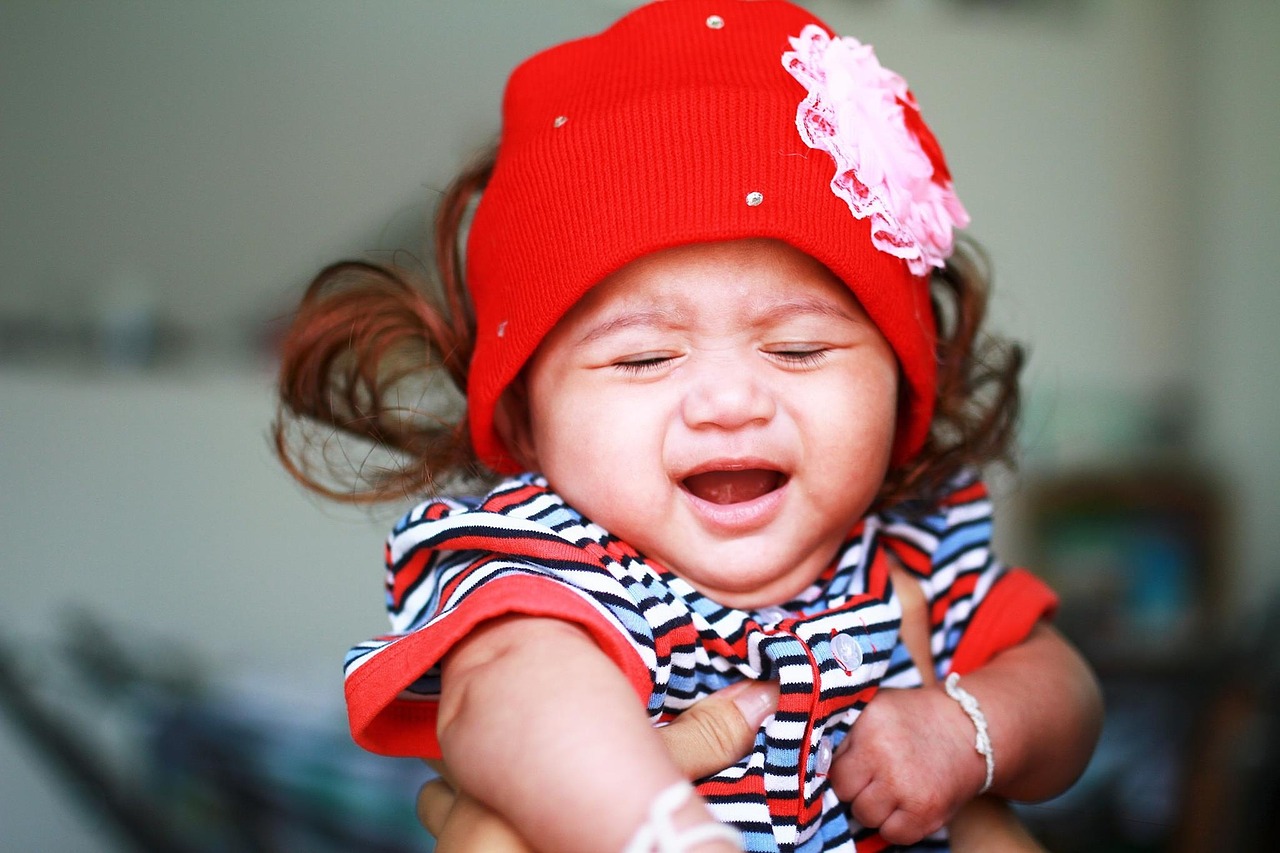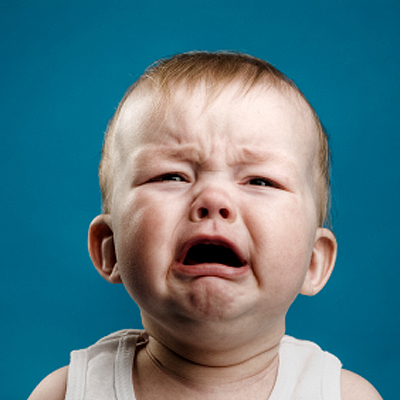8 Things Doctors Can't Believe You Still Believe
I meet too many parents who are following outdated (and potentially dangerous) guidelines. Are you one of them?
1.The Myth: Walkers help babies learn to walk.
The Truth: A few years ago, I was watching the Super Bowl when a commercial came on that made me want to scream: It showed a baby in a walker zooming all over the place, to illustrate some point about financial services. Pediatricians don’t think babies should ever be in walkers (even when trading stocks!), for two reasons. First, the best data show that compared with children without walkers, those who use them are slower to sit, crawl, and walk on their own. Second—and even more important—babies in walkers could easily “walk” to a staircase and fall right down the steps.
Some newer walkers are designed to limit the risk of falls because they have brakes (so they can be used in a stationary position) and are too wide to fit through doorways (making it harder to access the stairs). But their wheels can still provide children access to swimming pools, bathtubs, poisonous medications, and cords attached to hot irons.
For these reasons, the American Academy of Pediatrics (AAP) has opposed the manufacture and sale of walkers with wheels for decades, though that hasn’t yet prevented them from being available. To be safe, stick with a stationary activity center. And if you’re filming a Super Bowl commercial involving a walker, make sure you hire a certified stunt baby.
2.The Myth: Juice is good for kids.
The Truth: When I see toddlers clutching bottles of juice and other flavored beverages, I can’t help feeling that we’ve unfairly lost faith in kids’ ability to enjoy nature’s original thirst quencher: water. While there can be a place for 100% fruit juice in a child’s diet after age 6 months, overconsumption of juice—which is full of sugar—can lead to tooth decay, excessive flatulence, and obesity. Plus, when juice is offered before or during meals, it can discourage children from eating real food, which could lead them to become underweight.
Doctors recommend that children ages 1 to 6 limit their juice intake to 6 ounces per day, and that children over age 6 drink no more than 12 ounces a day. Transitioning a child to water may take ice, a twist of lemon, and some patience, but stick with it: In my entire career I’ve never seen a kid who became dehydrated because she couldn’t have juice.
3.The Myth: The BRAT diet is best for kids with diarrhea.
The Truth: You probably know what BRAT stands for (aside from a doll with a big head): Bananas, Rice, Applesauce, and Toast. This was the diet doctors recommended for decades to kids and adults who had an upset stomach or diarrhea. I don’t know who came up with these four items, but the idea was that they’re bland and low in fiber, fat, and protein and would not irritate the intestine.
The BRAT diet, however, provides limited nutritional value, making it harder to fight off infection and gain strength, and there’s no evidence to suggest that it’s better than anything else at resolving diarrhea (although the pectin in bananas may be helpful). More modern thinking on diarrhea recovery emphasizes keeping a child on her usual diet unless vomiting prohibits her having solid foods. Just avoid sugary foods—like soda, cookies, and candy—which can make your kid feel worse.
4.The Myth: Adding cereal to your baby’s bottle will help him sleep.
The Truth: Some misconceptions stem from plain old intuition: If an infant is waking up at night, then he must be hungry. So if you feed him cereal before bedtime, he’ll be full longer and he won’t wake up. This logic seems so obvious that for decades, it’s what doctors advised to new parents desperate for more rest! Unfortunately it’s not true, and feeding cereal too early in life can cause a number of health problems for babies.
An infant’s digestive system is not ready for solid foods, including baby cereal, until about 6 months of age. Feeding solids earlier can lead to gagging, inhaling food into the lungs, choking, obesity, and food allergies. There is one exception: Doctors will sometimes advise parents to thicken formula or breast milk as treatment for gastroesophageal reflux disease (GERD). If your baby is seeing a doctor for reflux, make sure you get specific directions before you alter his bottles. In all other cases, be patient: Your baby will be sleeping better before you know it.
5.The Myth: Teething causes fever and diarrhea.
The Truth: I hear parents blame teething for fevers, diarrhea, and coughs all the time. In fact, this finger-wagging has been going on for centuries. Records going back more than 5,000 years show that healers once assumed teething caused seizures, vomiting, paralysis, and even childhood death.
Teething, which starts around 6 months and ends at about 3 years, does seem to cause drooling, chewing, gum-rubbing, and some irritability, along with decreased appetite for solid foods and a mild temperature. However, it does not cause significant diarrhea or fevers over 102°F. When those symptoms occur in a child, we have to look for a cause other than teething and treat it if necessary.
6.The Myth: You should turn the car seat forward when your child is 12 months old.
The Truth: Of the 1,500 children a year who die in traffic accidents in the United States, half are neither in a car seat nor wearing a seat belt. Of course, using a child car restraint isn’t enough; it has to be used properly. And that’s where the confusion starts.
A few years ago, the AAP updated its guidelines to recommend that children face rear until age 2 or until they reach their seat’s maximum height and weight limit (usually 40 to 50 pounds). Research has shown that rear-facing toddlers are five times safer than ones facing forward, possibly because of the protection the seats offer a child’s head, neck, and spine. Rather than switching to a forward-facing seat at age 1, the AAP now lists age 2 as the minimum age. Yes, I know that your child genuinely prefers to see where you’re going, and I know that his legs seem uncomfortably scrunched back there, but trust me: He’ll adapt.
7.The Myth: Cold weather gives kids a cold.
The Truth: Colds are definitely more common during the fall and winter, but the science is sparse on the reasons. If cold air causes colds, it’d be nice to know, for example, why they aren’t way more common in Minnesota than in Florida.
Long before the discovery of viruses, Benjamin Franklin doubted the conventional wisdom of “catching a chill.” Sporadic studies involving shivering mice and volunteers soaking their feet in cold water have suggested roles that low temperatures could play in virus transmissions, but the consensus remains just as muddy as it was in Franklin’s time. One theory I pretty much buy: Not only do people cluster inside more during the winter (spreading germs to one another), but cold viruses themselves have seasons they prefer.
8.The Myth: Vaccines cause autism.
The Truth: Of all the myths here, this one is by far the most dangerous and difficult to eradicate. That said, attitudes about vaccines finally seem to be changing in the face of growing outbreaks of vaccine-preventable diseases, including measles and pertussis, throughout the nation. In my own practice, I’m seeing fewer vaccine-hesitant and vaccine-resistant parents than in the past.
Parents who do have vaccine concerns often tell me that they want to do more of their own research before they make a decision. I’m always happy to refer them to the more than 20 articles showing that the measles, mumps, and rubella vaccine (MMR) doesn’t cause autism—as well as the one retracted and highly discredited article that had erroneously suggested that it might. To save time, they could also look at a recent report that analyzed 20,478 articles on vaccine safety and still didn’t find any vaccine-autism link. Now that’s what I call good research!
Retrieved From: https://goo.gl/LDyf23
|
|





